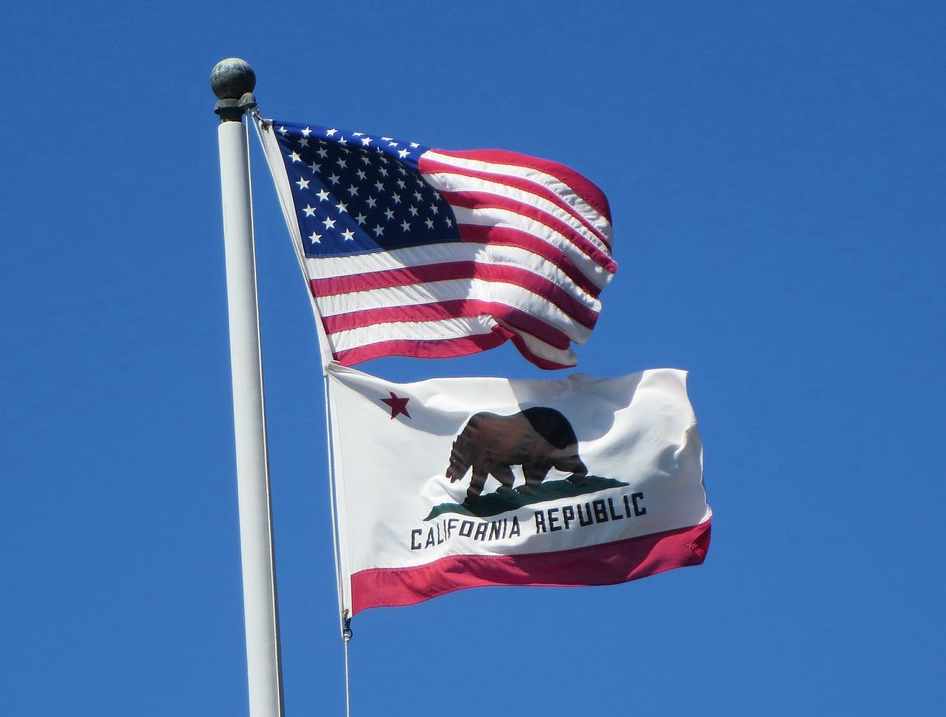California to expand use of catastrophe models to wildfire, terrorism, flood: Lara

As part of its goal to ward off a developing insurance crisis in California that has seen major companies pull-back on underwriting property insurance there, or exit the state entirely, Insurance Commissioner Ricardo Lara has announced regulation to allow for an expanded use of catastrophe models to help insurers operate there more sustainably.
“Currently, the Department of Insurance allows the use of catastrophe models for earthquake losses and fire following earthquake,” the announcement states.
Adding that, “The proposed regulation expands the allowable use of catastrophe models to include wildfire, terrorism, and flood lines for homeowners and commercial insurance lines.”
“My Sustainable Insurance Strategy is intended to address decades-long neglected issues. Under outdated rules, the growth of climate-driven mega fires has supercharged insurance costs for many Californians while making insurance harder to find,” explained Commissioner Lara. “We can no longer look solely to the past as a guide to the future. My strategy will help modernize our marketplace, restoring options for consumers while safeguarding the independent, transparent review of rate filings by Department of Insurance experts, which is a bedrock principle of California law.”
The regulation importantly states “projected losses may be based on catastrophe models”, which suggests a significant change to allow the insurance industry to use forward-looking catastrophe models, rather than the previously legislated use of models that took into account the last 20 years of loss activity.
The expansion to cover perils of wildfire, terrorism and flood is also hoped to enable for more risk commensurate pricing, to develop a more sustainable view of rates for insurance in the state.
The broader Sustainable Insurance Strategy for California that Lara is introducing, is designed to stabilise the market, increase interest from insurers to underwrite there, all with a goal of making insurance more available to Californians.
The announcement explains that, “For more than 30 years, California regulations have allowed insurance companies to apply a catastrophe factor to insurance rates based on historical wildfire losses. These outdated rules have contributed to rate spikes and balloon premiums following major wildfire disasters without fully accounting for the growing risk caused by climate change or risk mitigation measures taken by communities or regionally, as a result of local, state, and federal investments.”
Further explaining, “Commissioner Lara’s strategy addresses a major limitation of Proposition 103, passed by voters in 1988. Under that law, insurance companies are free to propose rates at any level needed to cover future losses but, unlike public utilities, are not required to cover all residents. With the combination of climate-intensified disasters, rising costs of repair and rebuilding, and global economic forces, major companies have increased rates while pulling back from higher-risk properties where the FAIR Plan is now the only option.”
The hope is to make insurance rates more reliable, make coverage more available, develop the expertise in the state to apply strong oversight of models and their use, and ultimately capture the benefits of catastrophe mitigation to incentivise and reward those efforts.
“The regulation corrects a major shortfall of using historical data, which fails to account for wildfire mitigation. The regulation specifies that any model must incorporate the best available scientific information on risk mitigation at the property, community, and landscape scales, including risk mitigation initiated by local and regional utility companies. This forward-looking change will also enhance a recent regulation that Commissioner Lara spearheaded and now enforces, requiring wildfire safety discounts for homeowners and businesses and aligning with record investments in wildfire mitigation by Governor Newsom and the California Legislature,” the Commissioner’s announcement states.
The regulation still needs to be passed and adopted, but this is a positive step for building insurance and reinsurance industry confidence in California and ultimately unlocking more risk capital to be deployed to risks in the state.






